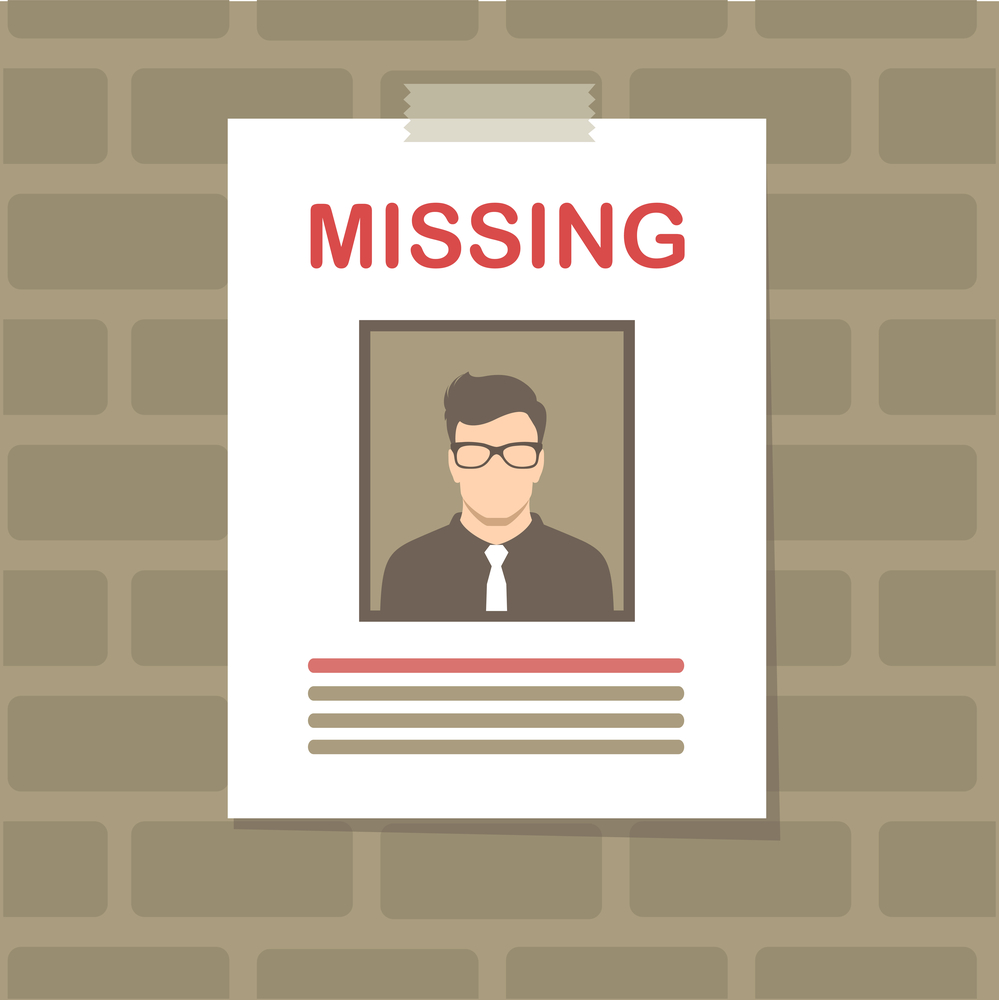Part 160 – New York Presumptive Mediation
{3 minutes to read} I have previously written about how the COVID-19 pandemic significantly changed the landscape for court-referred mediations in New York State. While there was some support for the courts sending cases to mediation, it was sporadic. Some judges who saw the value of mediation would suggest that parties try mediation. Occasionally, a judge would even order parties to mediation. But that was rare.
In May 2018, I and others put together a full-day CLE program about the underutilization of mediation in New York State. The program bore fruit in June 2019 when Janet DiFiore, the State’s Chief Judge, and Lawrence Marks, the State’s Chief Administrative Judge — who was a panel member at the program — issued a press release stating they intended New York to become a “presumptive mediation” state, meaning, as the name indicates, almost all civil cases would at some point be referred to mediation.










